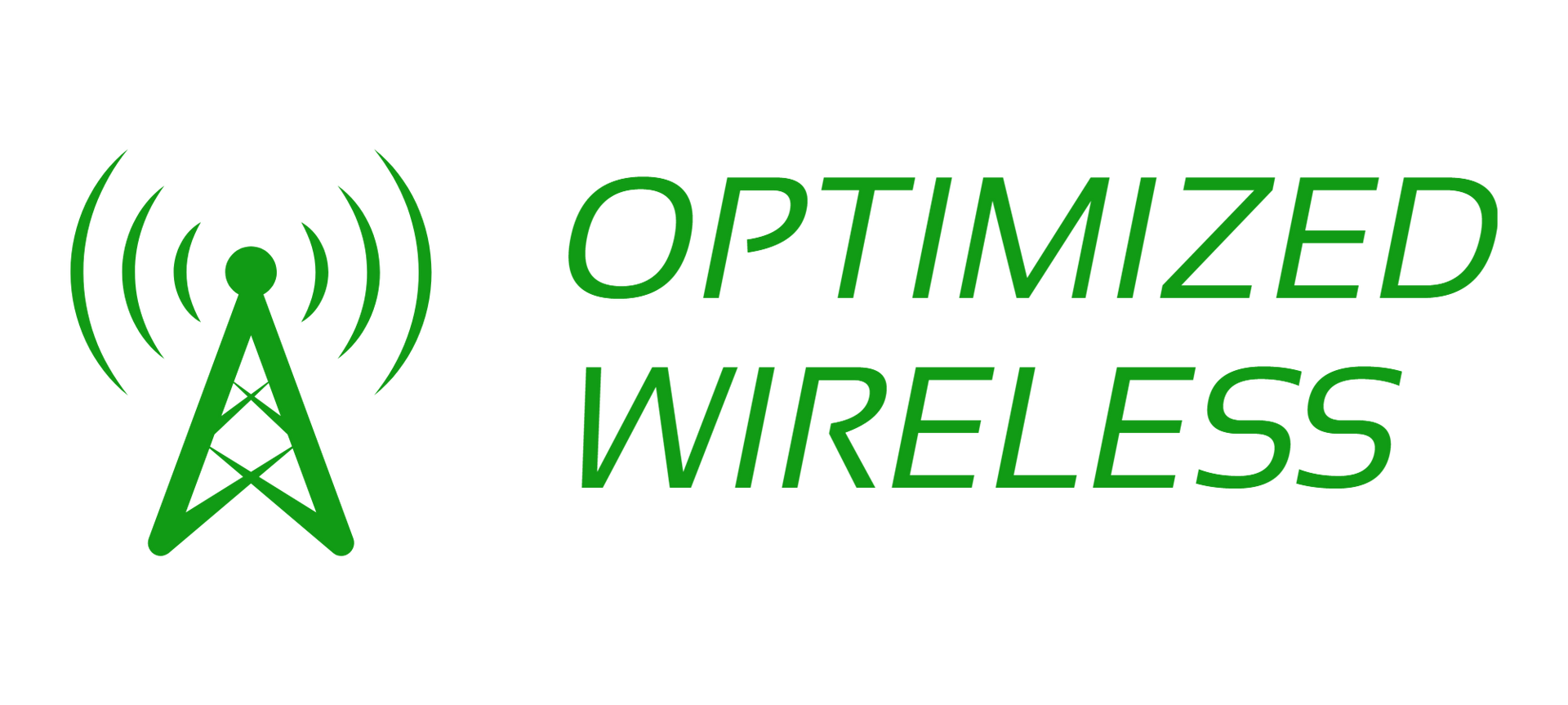Single Family Homes
Multifamily Residences and Home Associations
Smart Home Applications
Wireless Coverage
With a great connection, there are no limits
We're here to provide wireless network coverage insights that optimize your home needs.
CELLULAR NETWORK COVERAGE FOR YOUR HOME
Cellular coverage is increasingly vital for home residential networks, significantly enhancing internet performance and connectivity.
4G provides essential improvements over previous generations by delivering faster data speeds and better network reliability, which support high-definition streaming, online gaming, and efficient communication for multiple devices at home. This enhanced performance is crucial for balancing bandwidth among family members who may be streaming videos, working, or attending virtual meetings simultaneously.
The advent of 5G offers more benefits, providing ultra-fast speeds and minimal latency ideal for high-demand applications such as real-time video conferencing, large file transfers, and complex remote work tasks. 5G's increased capacity can handle a greater number of connected devices, which is particularly useful in homes where numerous smart devices and IoT gadgets are in use. Improved 5G performance can provide a reliable alternative to traditional wired broadband, which is especially valuable in remote or underserved areas where conventional internet infrastructure is lacking.
The importance of cellular coverage for home residential networks lies in the ability to complement or even surpass traditional Wi-Fi connections in certain scenarios. While Wi-Fi provides a stable and localized network within the home, 4G and 5G offer broader, high-speed connectivity that extends beyond the confines of a single location. In essence, both 4G and 5G coverage ensure that residential networks are well-equipped to meet the demands of modern living and working from home, enhancing overall productivity and connectivity. Optimization of your wireless network can significantly enhance connectivity and user experience. By focusing on wireless network testing, residents and property managers can ensure optimal connectivity, enhance the user experience, and support modern needs like remote work and smart home technology.
LEVERAGING CELLULAR NETWORKS FOR MULTI-LEVEL rESIDENTIAL BUILDINGS
Cellular networks offer substantial advantages for multi-level residential buildings and Homeowners Associations (HOAs) by enhancing connectivity and facilitating various functions within a community. They support the use of smart community management tools, such as mobile apps for maintenance requests, resident feedback, and community updates. Wireless networks provide reliable communication channels for HOA boards, management, and residents, even in areas where Wi-Fi may be unstable or unavailable. Support of cellular-based security cameras and alarm systems ensures constant connectivity for monitoring and managing security across the community.
Condominiums, especially high-rise buildings, may experience varying signal strengths across different floors. Multi-level buildings often have structures and materials that can block or weaken signals. Wireless network testing helps identify areas where signals are weak and may require additional solutions.
SMART HOME APPLICATIONS
Wireless network coverage is essential in supporting smart home devices and applications, offering flexibility, reliability, and broad coverage. Here's how cellular networks facilitate smart home technology:
- Constant Connection: Cellular networks provide consistent and reliable internet access, crucial for smart home devices that require a constant connection to function effectively.
- Coverage: They offer broad coverage, even in areas where traditional Wi-Fi may be weak or unavailable, ensuring that devices remain connected throughout the home.
- No Need for Wi-Fi: Cellular networks allow smart devices to function independently of home Wi-Fi, which is particularly useful in locations with poor Wi-Fi coverage or for devices located outside the range of the home network.
- Remote Access: Cellular connectivity enables remote management of smart home devices via mobile apps, regardless of the user’s location.
- Redundancy: Cellular networks can serve as a backup for home Wi-Fi, providing a fail-safe if the primary network fails. This is important for security systems that need uninterrupted connectivity.
- Encryption and Safety: Cellular networks use advanced encryption protocols, offering a secure channel for transmitting data between devices and servers.
Devices like Ring, Arlo, and Nest Cam use cellular networks to transmit video feeds, notifications, and alerts to users. This ensures that even if the home’s Wi-Fi is down, users can still receive updates and monitor their property. Smart locks like August or Schlage can be controlled via cellular networks, allowing users to lock or unlock doors remotely, grant access to guests, or check the status of their locks from their mobile devices.
Devices such as Amazon Echo or Google Home can control other smart devices through cellular networks, enabling voice commands and integration with various smart home systems. Smart thermostats and lighting systems can be adjusted remotely via cellular networks, allowing for efficient energy management and comfort adjustments while away from home.
Cellular networks significantly enhance the functionality and reliability of smart home devices by providing a robust alternative to Wi-Fi. They support a wide range of applications, from security systems to environmental sensors, making them integral to modern smart home setups.
How Optimized Wireless Can Help
Optimized wireless performs on-site wireless network assessments, continuously measuring signal strength, quality, and network reliability across multiple cellular operators.
After completing the test, you will receive a detailed report showing which operator performs best in each portion of your site or route. This includes areas with strong signal, potential dead zones, and estimated average data speeds.
